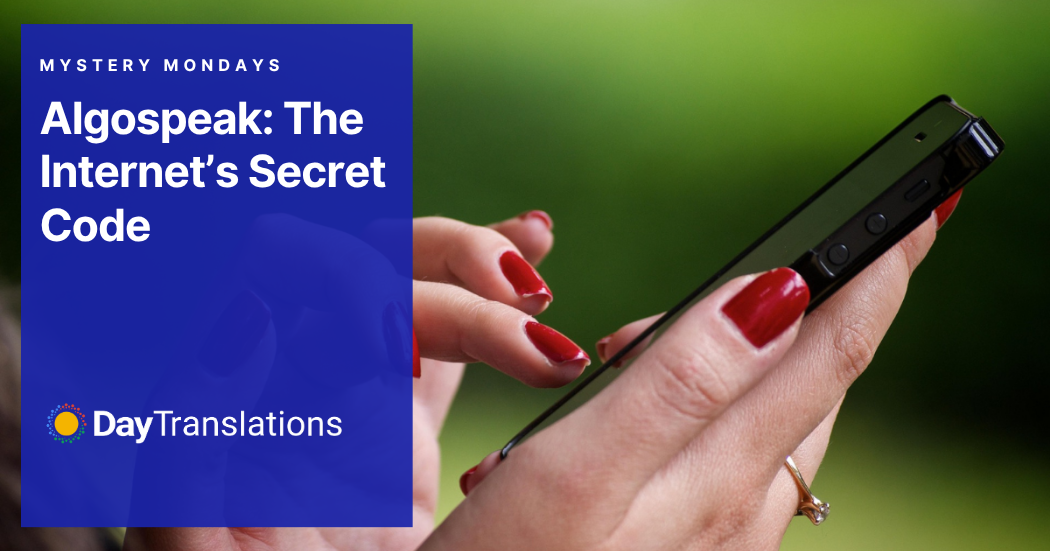If you’ve scrolled through TikTok or Twitter and seen someone say “unalive” instead of die, or “seggs” instead of sex, you’ve just witnessed a strange new dialect in action.
It’s called algospeak – and it’s the internet’s version of speaking in code to dodge the algorithmic overlords.
What Is Algospeak?
Algospeak is the digital age’s version of secret handshakes. It’s a way for users to bypass content moderation systems – those automatic filters that flag or suppress content that breaks a platform’s rules.
So instead of writing banned words outright, people use safe-sounding substitutes:
- “Seggs” = sex
- “Unalive” = die or suicide
- “Corn” = porn
- “Panini” = pandemic
- “SA” = sexual assault
- “Spicy eggplant” = adult content emoji-code
It’s wordplay with purpose—and it’s spreading fast.
Why Algospeak Exists
At its core, algospeak is a survival strategy.
Most social media platforms rely on algorithms to scan content for potentially harmful or offensive words. While that helps keep the internet safer, it also means that posts about real issues—like mental health or sexual education – often get demonetised, buried, or deleted, even when they’re educational or supportive.
So users started playing with language to outsmart the bots. It’s like tiptoeing around a sleeping dragon. Say the wrong word, and your post disappears.
But say it just differently enough? You stay visible.
This Isn’t the First Time People Spoke in Code
Algospeak might be new, but the idea behind it isn’t. Throughout history, people have used coded language to protect themselves or hide from power:
Polari
In mid-20th-century Britain, gay men developed Polari – a mashup of Italian, Romani, Yiddish, and Cockney rhymes. It let them communicate discreetly in a time when homosexuality was criminalised.
- “Naff” = bad or uncool
- “Zhoosh” = to style up
- “Bona” = good
Cockney Rhyming Slang
Londoners created clever rhymes to hide their meaning from outsiders, especially the police.
- “Apples and pears” = stairs
- “Dog and bone” = phone
- “Trouble and strife” = wife
Both were more than word games – they were tools for survival.
And just like algospeak today, these coded tongues flourished in communities facing surveillance, censorship, or stigma.
Algospeak Isn’t Going Anywhere
While algospeak might sound silly at times, it reveals something serious: the push-and-pull between free expression and algorithmic control.
It also exposes a key flaw in content moderation. When people are forced to mask words just to talk about sensitive topics, are platforms protecting users – or silencing them?
Ironically, many people using algospeak are trying to help others – sharing mental health resources, supporting survivors, or starting important conversations. But to stay visible, they need to speak in a kind of digital code.
And so, the language keeps evolving. As algorithms get smarter, so do the people using them.
Final Thought: Human Creativity vs. the Machine
Algospeak shows that even in a world ruled by code, human creativity finds a way.
We adapt. We remix. We dodge the filters.
From Polari to TikTok, people have always found clever ways to be heard—even when they’re not “supposed” to speak.












Sorry, the comment form is closed at this time.